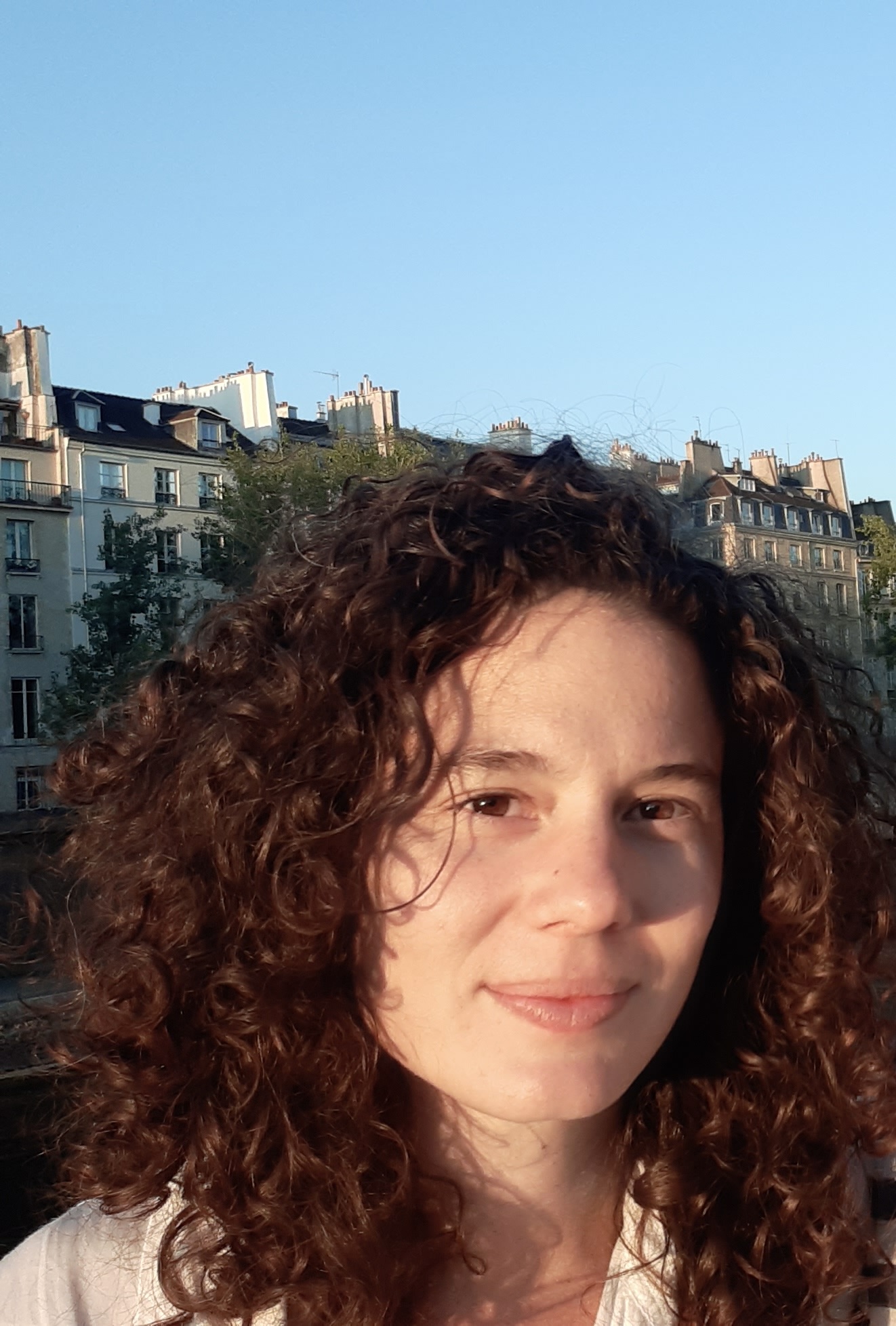Institut Pasteur, UMR 2000, CNRS « The genomic landscape of contemporary western Remote Oceanians»
Current Biology https://doi.org/10.1016/J.CUB.2022.08.055
Arauna, L. R., Bergstedt, J., Choin, J., Mendoza-Revilla, J., Harmant, C., Roux, M., Mas-Sandoval, A., Lémée, L., Colleran, H., François, A., Valentin, F., Cassar, O., Gessain, A., Quintana-Murci, L., & Patin, E.
Cv
Lara Rubio Arauna is a 32-year-old biologist specialized in genomics. She is interested in the interaction between culture and genetic diversity, and explores it through the study of the demographic and adaptation history of human populations. She performed her PhD in Barcelona at the Institut de Biologia Evolutiva, under the supervision of David Comas. During her PhD, she studied admixture and genetic structure in human populations, with a focus on North Africa. Then, she moved to Paris to work as a postdoctoral researcher at Institut Pasteur, in Lluis Quintana-Murci team. During that time, she was awarded with a Pasteur-Roux-Cantarini postdoctoral fellowship for a two-year research project. At Institut Pasteur she studied the genetic history of Oceanian populations, focusing both on genetic adaptations to the environment and demographic history. She is currently a postdoctoral researcher at the Universität Tübingen, in Cosimo Posth group, and she is holding a Marie Skłodowska-Curie individual fellowship.
Contact
This email address is being protected from spambots. You need JavaScript enabled to view it.
@lararubioarauna
Archaeo- and Palaeogenetics group
Institute for Archaeological Sciences, Eberhard Karls University Tübingen
72070 Tübingen, Germany.
Résumé de l'article
The Vanuatu archipelago served as a gateway to Remote Oceania during one of the most extensive human migrations to uninhabited lands ∼3,000 years ago. Ancient DNA studies suggest an initial settlement by East Asian-related peoples that was quickly followed by the arrival of Papuan-related populations, leading to a major population turnover. Yet there is uncertainty over the population processes and the sociocultural factors that have shaped the genomic diversity of ni-Vanuatu, who present nowadays among the world’s highest linguistic and cultural diversity. Here, we report new genome-wide data for 1,433 contemporary ni-Vanuatu from 29 different islands, including 287 couples. We find that ni-Vanuatu derive their East Asian- and Papuan-related ancestry from the same source populations and descend from relatively synchronous, sex-biased admixture events that occurred ∼1,700–2,300 years ago, indicating a peopling history common to the whole archipelago. However, East Asian-related ancestry proportions differ markedly across islands, suggesting that the Papuan-related population turnover was geographically uneven. Furthermore, we detect Polynesian ancestry arriving ∼600–1,000 years ago to Central and South Vanuatu in both Polynesian-speaking and non-Polynesian-speaking populations. Last, we provide evidence for a tendency of spouses to carry similar genetic ancestry, when accounting for relatedness avoidance. The signal is not driven by strong genetic effects of specific loci or trait-associated variants, suggesting that it results instead from social assortative mating. Altogether, our findings provide an insight into both the genetic history of ni-Vanuatu populations and how sociocultural processes have shaped the diversity of their genomes.




